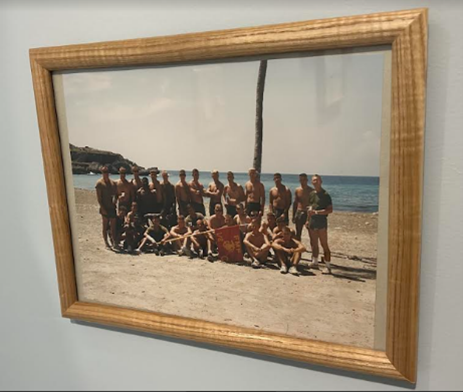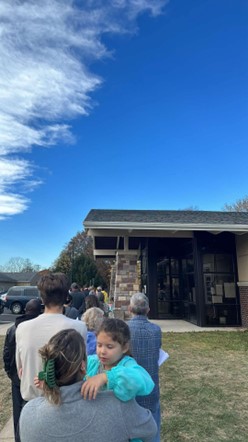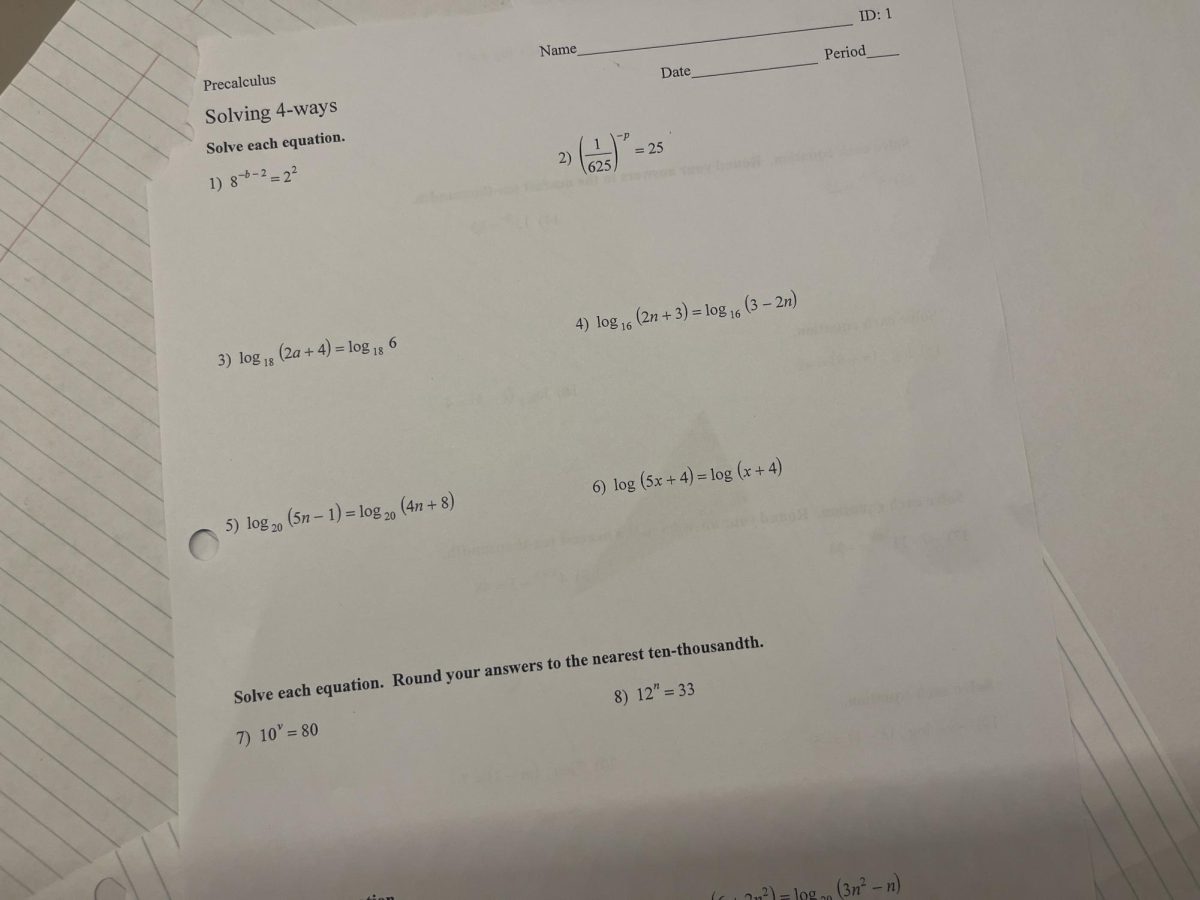
Women’s roles in the military have largely progressed from only legally being sideline nurses to now having active combat roles, yet the statistics don’t lie, women are still being underrepresented in the military. Out of the entire Department of Defense, only 19.7% are female, leaving the field largely dominated by men. With the understanding that anyone who has completed the courses required to obtain their position deserves to hold it, women can greatly advance their roles in the military.
The branch of the military with the smallest ratio of men to women is the Marine Corps, with 9.8%. John Pappas was in the Marine Corps Infantry, First Battalion Eighth Marine. Pappas believes this ratio is so low because the Marines are mostly a “fighting outfit”, which up until recently women were not directly able to be a part of. The Navy has the second-highest ratio at 20.9%. Lieutenant Jr grade, Doug Kern is a female helicopter pilot in the Navy. After being in the Navy for 4 years, Kern said, “Just like in the civilian world there have been one or two guys with issues and they are taken care of, otherwise you earn your respect based on merit and knowing your aircraft, not gender.” This positive experience is not one many women in the armed forces have had.
Women were barred from over 238,000 positions across the Armed Forces up until an act was passed in 2015, which allowed women to have combat positions. Before the act’s passing, women were denied the recognition and roles that many had earned. Major Mary Jennings Regar is a combat helicopter pilot for the Air Force, currently in the California Air National Guard. While on active duty, Regar was flying a medevac mission when she was shot down by enemy forces over Afghanistan. She was shot during the takedown yet still returned fire and completed the rescue while being injured. Regar was awarded the Purple Heart and Distinguished Flying Cross with a Valor Device. Despite her qualifications, Regar was still unable to apply for a ground combat role which negatively impacted her career (ABC Clio). Now women can apply for these positions, but out of the current 976 generals in the military, only 69 are female. Pappas said that, “At 51 years old I would say that if the individual was able to meet all the qualifications to reach a deployable status, I would be fine with it. Though I can’t say that is the same position I would have had at 21.” This change in perspective can transform the way women are seen throughout the armed forces.
Women are beginning to gain the respect that they deserve, along with the recognition that women who are determined and physically capable can also serve in an infantry or leadership role. To continue this trend, all must acknowledge that those who have passed the required training courses deserve to be there despite their gender.




